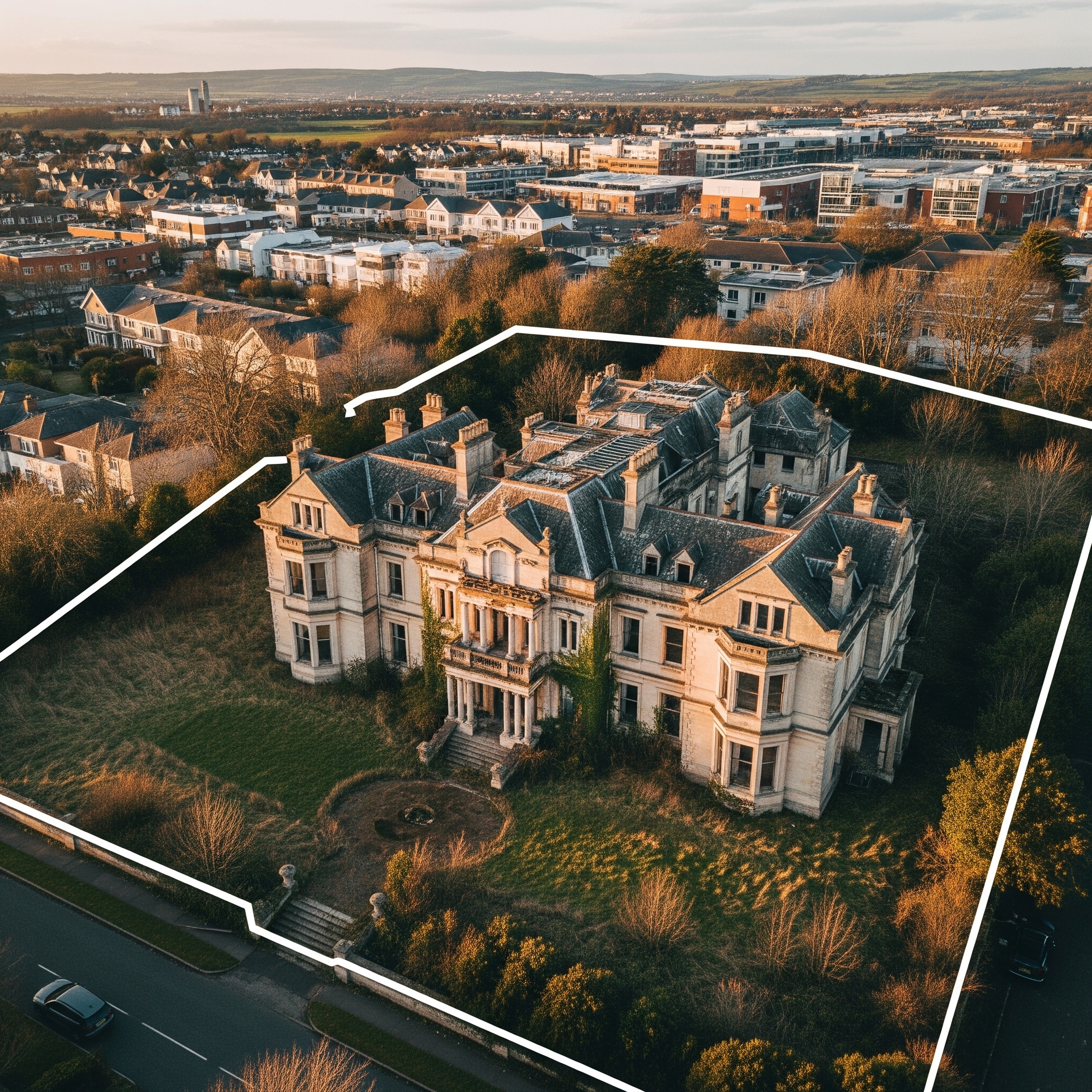Abandoned property offers some of the best deals in real estate—but financing a purchase isn’t always as simple as getting a standard mortgage. Banks are often wary to lend on neglected homes, viewing them as high-risk. So what are your options? Here’s how to secure funding and start your next investment project with confidence.
Why It’s So Tough to Get a Traditional Mortgage
Most banks want to lend on properties that are move-in ready. Issues such as missing appliances, damage, or unpaid taxes can get a loan application denied or delayed. Abandoned homes often need repairs, making them risky for lenders.
Your Financing Options
1. Hard Money Loans
Private lenders known as “hard money” lenders base their decisions on the property’s after-repair value rather than just your credit score. These loans offer fast approval and funding—sometimes in a week or less—but you’ll pay higher interest (usually 8–15%) and points (fees). This route is best for investors who plan to renovate and sell or refinance quickly.
2. Private Lenders
Friends, family, or real estate groups can act as your lender. Terms are flexible and rates negotiable. However, both parties should sign a written agreement to avoid misunderstandings.
3. FHA 203(k) Rehabilitation Loans
The Federal Housing Administration’s 203(k) loan lets you combine the cost of the house plus needed repairs into one mortgage. This is great for homeowners, small investors and buyers must intend to live in the property for at least a year. Expect paperwork: you’ll need to hire approved contractors and stick to strict guidelines, but the rates are lower than hard money.
4. Home Equity Loans or HELOCs
If you own another property with equity, you can borrow against it and use the funds to buy and fix an abandoned property. The interest rates are usually favorable and repayment terms flexible, but your current home is at risk if you default.
5. Partnerships or Personal Loans
If your credit is strong, you can consider a personal loan, though limits are usually much lower than for mortgages. Or, form partnerships with friends or investors to split the costs and risks.
6. Seller Financing
Sometimes, the owner (maybe a bank or the previous homeowner) will let you pay them in installments. These deals depend on the seller and usually require a solid down payment, but they can be easier to negotiate if the property has been on the market a long time.
Prepping for Financing: Your Checklist
- Credit Score: Aim for at least 620 for most loan programs.
- Down Payment: Most lenders want 10–20% down; FHA loans require as little as 3.5%.
- Proof of Funds: Be ready to show savings, bank statements, or a pre-approval letter.
- Paperwork: You’ll typically need tax returns, pay stubs, and a renovation plan.
How It Works: A Real Example
In 2023, Sam bought an abandoned home at a county auction but couldn’t get a regular mortgage. He secured a hard money loan to cover the purchase and renovation, fixed up the property in six months, and refinanced into a traditional mortgage—saving over $30,000 compared to a turnkey property.
FAQs
- Can I buy abandoned property with no money down? Rarely, unless you have a negotiation advantage or strong investors.
- How fast can I close? Hard money can close in a week; government loans can take 45–60 days.
- Do I need good credit? The better your credit, the more options and better rates you’ll get.
Conclusion
Financing an abandoned property is possible with creativity and preparation. Explore all your loan options, improve your financial profile, and don’t be afraid to negotiate. With the right plan, you can turn forgotten real estate into a profitable and possibly life-changing asset.


